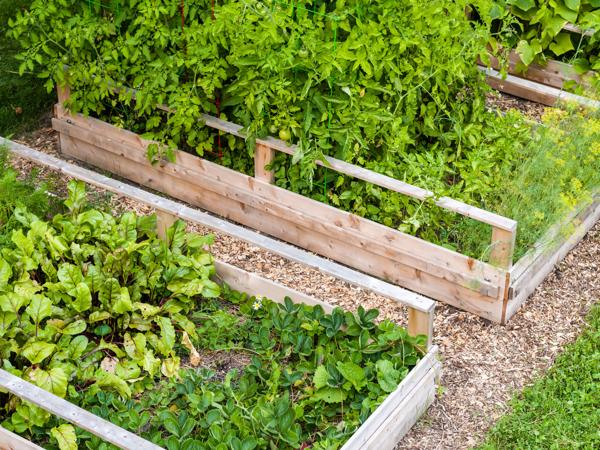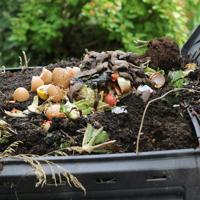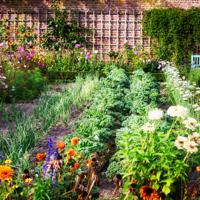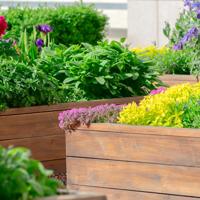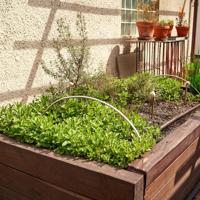Permaculture is a philosophy centered around working with, rather than against, nature. It’s about creating sustainable ecosystems that benefit both humans and the environment. When embarking on designing a permaculture garden, it’s important to understand the core principles that guide the process. This article takes you step by step through the journey of designing a permaculture garden, blending practical advice with thoughtful reflection. By focusing on observation, planning, and implementing permaculture principles, you can create a garden that is both productive and harmonious with nature.
Step 1: Observation and Site Analysis
Before you begin planting, take the time to observe your space. Spend a few weeks, or even months, watching how the sun moves across the garden, where water collects after rain, and the general flow of the environment. Pay attention to existing plants and wildlife that already call your garden home.
You might notice that certain areas are exposed to more sunlight or are prone to wind, while others retain moisture. This information is vital for making informed decisions later on. Sketch a simple map of your garden, noting these observations. This active engagement will foster a deeper relationship with your space.
Step 2: Setting Goals and Understanding Permaculture Principles
What do you want from your garden? Is it a source of food, a habitat for wildlife, or a peaceful retreat? Clarifying these goals will help you design a garden that meets your needs.
Permaculture principles such as “observe and interact,” “catch and store energy,” and “use and value renewable resources” provide a framework. For instance, using rain barrels to collect water or planting perennial vegetables that return year after year reflects these principles. Align your goals with these principles to ensure a sustainable approach.
Step 3: Site Design
Using your observations and goals, begin to draft a design layout. This may involve zoning different areas of your garden based on their functions. Typically, zones closest to your home are intensively used and maintained—like a kitchen herb garden—while outer zones require less attention, such as nut or fruit trees.
Incorporate elements like pathways for accessibility and ease of maintenance. Consider planting guilds, a concept where plants support each other; for example, the Three Sisters planting of corn, beans, and squash.
Step 4: Soil Building and Water Management
Healthy soil is the foundation of a productive permaculture garden. Implement composting techniques, use mulch to retain moisture and enrich soil, and explore no-dig methods to minimize soil disturbance.
For water management, examine natural water flows and consider implementing swales—shallow, broad channels that hold water on slopes. These can help manage water sustainably, ensuring it irrigates your plants efficiently.
Step 5: Plant Selection
Choose plants that are well-suited to your environment and align with your goals. Native plants often require less maintenance and support local wildlife. Including a diverse range of perennials, annuals, fruits, vegetables, and herbs can create a resilient ecosystem.
Companion planting can also be beneficial, as some plants can help repel pests or improve soil conditions for their neighbors. For example, marigolds are known to deter certain insects, while planting beans with corn can enrich the soil with nitrogen.
Step 6: Implementation and Creation
Begin planting following your design plan. It might be beneficial to start with a small area to test your ideas and make adjustments as needed. Permaculture gardens evolve, so be prepared for ongoing observation and adaptation.
While planting, respect the natural systems already in place. Use hand tools to minimize impact and consider techniques like seed balls (compressed balls of compost and seeds) to naturally distribute plants.
Step 7: Maintenance and Evolution
Regularly check in on your garden, observing changes and tweaking elements as needed. Permaculture is inherently adaptive, encouraging you to learn from the land and experiment with new ideas.
This continuous cycle of observation, reflection, and action fosters a dynamic garden that changes with the seasons and your needs.
Conclusion
Designing a permaculture garden is a rewarding journey that encourages harmony with the earth. By carefully observing, planning, and working with natural systems, your garden can flourish with minimal inputs and provide a sanctuary for you and local wildlife.
Remember, this is a gradual process that benefits from patience and attentiveness. Every garden is unique, and through mindful practice, you can create a space that is both productive and kind to the planet.
If you’re interested in learning more, resources like David Holmgren’s Permaculture: Principles and Pathways Beyond Sustainability or Bill Mollison’s Permaculture: A Designer’s Manual offer valuable insights.
